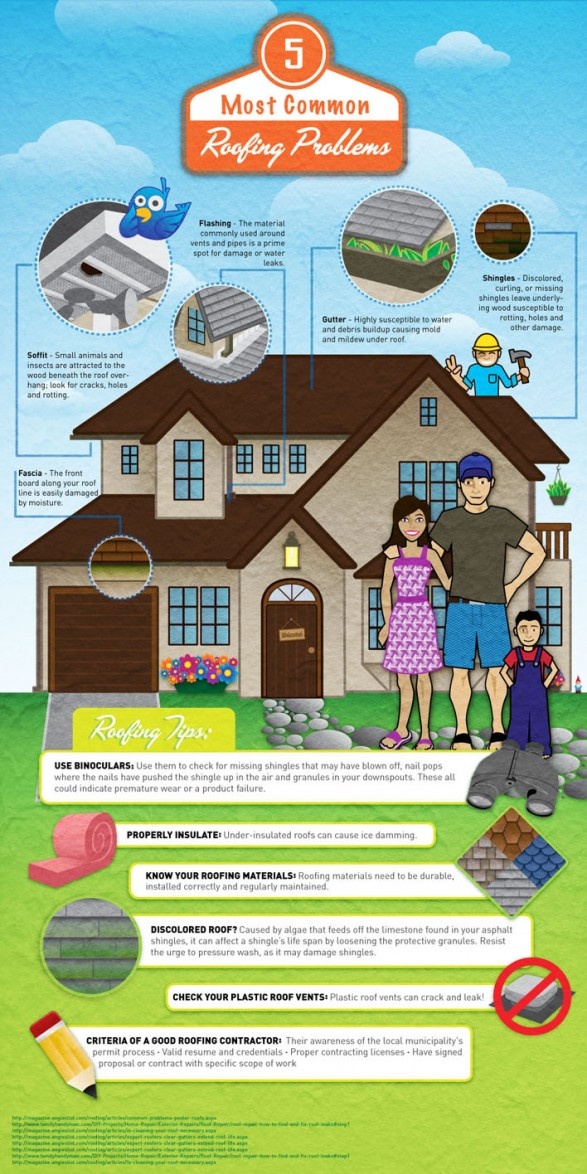Weather Condition'S Impact On Roof Installation: Suitable Seasons And Issues For Attaining Success
Weather Condition'S Impact On Roof Installation: Suitable Seasons And Issues For Attaining Success
Blog Article
Posted By-Terry Langley
When it pertains to roof installations, the weather can make or break the job. Envision the stress of dealing with materials that won't coordinate as a result of severe warmth or battling slippery surfaces triggered by unforeseen rain. Understanding the impact of weather on your roof covering job is essential for an effective result. So, let's explore how various weather condition aspects can influence the quality and longevity of your roofing system installment, making sure a task well done.
Impact of Temperature on Roof Covering Setup
When it pertains to roof setup, temperature level plays a crucial function at the same time. The suitable temperature for roof projects normally drops between 45 and 85 degrees Fahrenheit. Extreme warmth can trigger materials like roof shingles to become too pliable, bring about possible damages during installation. On the other hand, cold temperatures can make products weak and prone to fracturing. It is very important to arrange roofing installations during modest temperature levels to guarantee the very best end result.
During cooler climate, service providers might require to take added preventative measures such as using warmed equipment or allowing materials to heat up before setup.
On the other hand, heat may need work to be done earlier or later on in the day to stay clear of the peak temperatures. By thinking about please click the following post and its impacts on roof covering products, you can aid ensure an effective installment that will endure the components for many years to come.
Result of Rainfall on Roof Projects
Roof covering jobs can be substantially influenced by precipitation, impacting both the timeline and the high quality of the setup. Rain or snow can produce unsafe problems, making it harmful for roofing professionals to work with a damp surface area. In addition, wetness can endanger the adhesion of materials like shingles or underlayment, causing possible leakages or damages in the future.
If it rains throughout a roof covering job, the water can permeate into at risk areas, causing delays as the setup staff have to await the roof to completely dry before continuing. Too much moisture can also advertise the development of mold and mildew, further threatening the integrity of the roofing.
To avoid these concerns, it's suggested to schedule roofing jobs throughout drier seasons or check the weather prediction very closely to prepare about any type of possible rainstorms. By taking preventative measures to work in positive weather, you can ensure a smoother and much more successful roofing system setup procedure.
Influence of Wind Rate on Installment Success
During roof covering installment, the speed of the wind plays a crucial duty in determining the success of the project. High wind speeds can pose substantial obstacles to contractors, possibly resulting in safety threats and top quality issues. When wind speeds surpass suggested limits, it comes to be difficult to deal with materials, increasing the danger of mishaps and damage to the roofing products. Strong gusts can also influence the precision of dimensions and the precision required for correct setup.
To guarantee an effective roof installation, it's important to monitor and think about wind rates. Preferably, roofing system installment should take place on days with reduced to moderate wind rates. This not just boosts the safety and security of the employees however likewise enhances the general top quality of the installation.
Roof covering projects scheduled throughout calm weather conditions are more probable to be finished successfully and with fewer mistakes. By paying attention to wind speed forecasts and preparing accordingly, you can assist ensure a smooth and successful roof setup procedure.
Conclusion
So, when it involves roofing setup, bear in mind to take into consideration the climate condition to ensure a successful job. Optimal temperatures, completely dry problems, and moderate wind rates are essential variables to prioritize for a smooth installation procedure. By arranging your job throughout the very best seasons and perfect weather conditions, you can achieve a long lasting and lasting roofing system that will certainly shield your home for several years to come.
